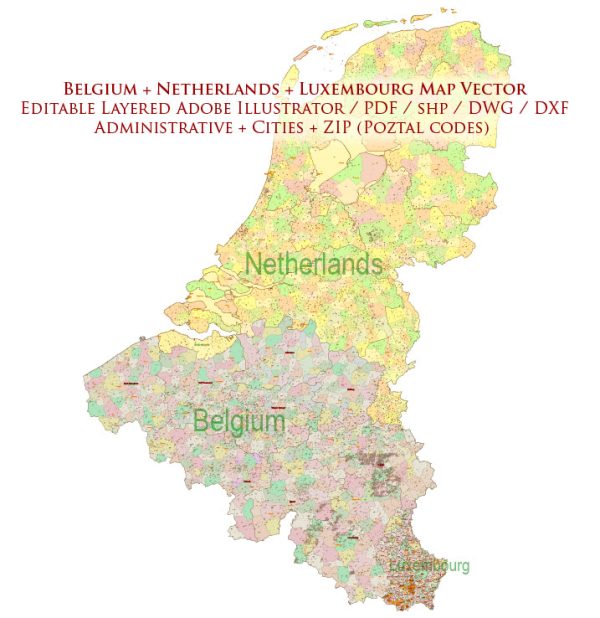Belgium, Netherlands, and Luxembourg have a rich history and heritage, and they are home to various ancient and historic objects that reflect their cultural, artistic, and historical significance. Here are descriptions of some notable ancient historic objects and sites from these countries:
Belgium:
- Manneken Pis: This small bronze statue in Brussels is one of Belgium’s most famous icons. It depicts a little boy urinating into a fountain and has become a symbol of Brussels’ irreverent sense of humor. The statue dates back to the early 17th century.
- Atomium: Built for the 1958 Brussels World’s Fair (Expo 58), the Atomium is a striking structure that resembles an iron crystal magnified 165 billion times. It is both an architectural marvel and a symbol of post-war optimism and scientific progress.
- Ghent Altarpiece (The Adoration of the Mystic Lamb): This remarkable 15th-century polyptych altarpiece, created by the Van Eyck brothers, is a masterpiece of Flemish painting. It is known for its intricate details and symbolism and is housed in St. Bavo’s Cathedral in Ghent.
Netherlands:
- Rijksmuseum’s Night Watch: Painted by Rembrandt in 1642, “The Night Watch” (De Nachtwacht) is one of the most famous paintings in the world. It is on display in the Rijksmuseum in Amsterdam and depicts a group of city guardsmen.
- Anne Frank’s Diary: The diary of Anne Frank, a Jewish girl who went into hiding during the Holocaust, is a poignant and historically significant document. It provides a personal account of her life in hiding in Amsterdam and her thoughts and experiences.
- Kinderdijk Windmills: The Kinderdijk windmills are a UNESCO World Heritage site in the Netherlands. These iconic 18th-century windmills were used to manage water levels and prevent flooding in the low-lying Dutch landscape.
Luxembourg:
- Gëlle Fra (Golden Lady): This iconic monument in Luxembourg City is a war memorial and symbolizes the country’s resilience during World War I and World War II. It features a woman holding a laurel wreath.
- Vianden Castle: This well-preserved medieval castle located in the town of Vianden dates back to the 10th century. It is a prime example of Luxembourg’s medieval architectural heritage.
- Neolithic Flint Mines at Spiennes: These ancient flint mines, located near the town of Spiennes, are one of the most extensive prehistoric mining sites in Europe. They date back to the Neolithic period and are a UNESCO World Heritage site.
These are just a few examples of the ancient and historic objects and sites in Belgium, the Netherlands, and Luxembourg. Each of these countries has a wealth of cultural and historical treasures that offer insights into their rich heritage and past.


 Author: Kirill Shrayber, Ph.D.
Author: Kirill Shrayber, Ph.D.